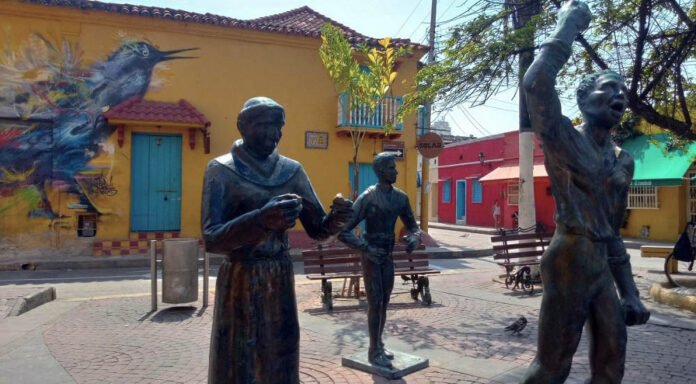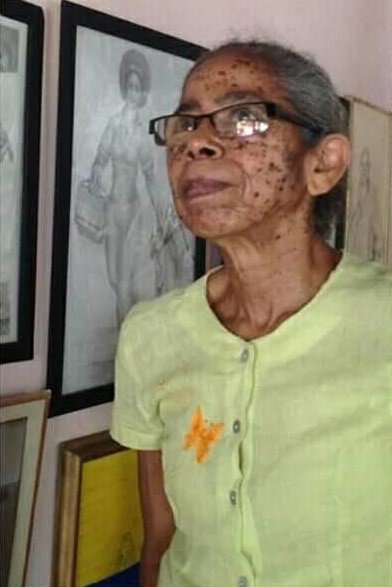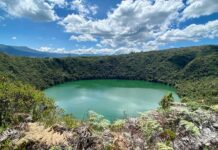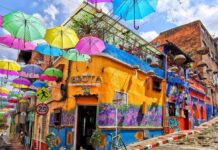The Plaza de la Trinidad in Cartagena de Indias is located in the emblematic neighborhood of Getsemaní and takes its name from the church with which it shares the stage, La Holy Trinity Church which is located in front of her.
History of the Plaza de la Trinidad
Since 1643 it has been called Plaza de la Trinidad because the construction of the Church was completed that year.
The square is a place of special historical interest because the incitement of the people and the heroic acts carried out in 1811 that led to the declaration of independence of Cartagena took place. These acts were carried out by the Getsemaní lancers led by Pedro Romero, the incitement helped accelerate the signing of the absolute independence of Cartagena de Indias from the then Spanish crown, due to these acts the council decided to call it “Plaza de la Libertad”.
(Read also: Santa Catalina de Alexandria Cathedral in Cartagena, one of the oldest in America)
In the middle of the square there was also a fresh water well that was covered in the 1860s.
Monument to Pedro Romero
Currently there is a sculpture in homage to Pedro Romero Since the heroic acts of 1811, the sculpture was made by the artist Nora Quintana; In the sculpture Pedro Romero is portrayed with his fist in the air and accompanied by Father Umaña and a Drummer; The work is made of fiberglass, resin and bronze patina
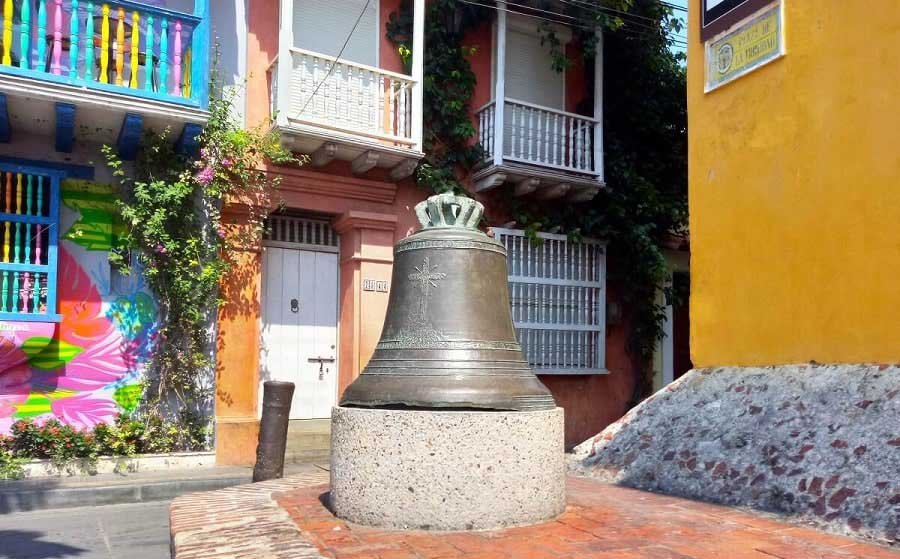
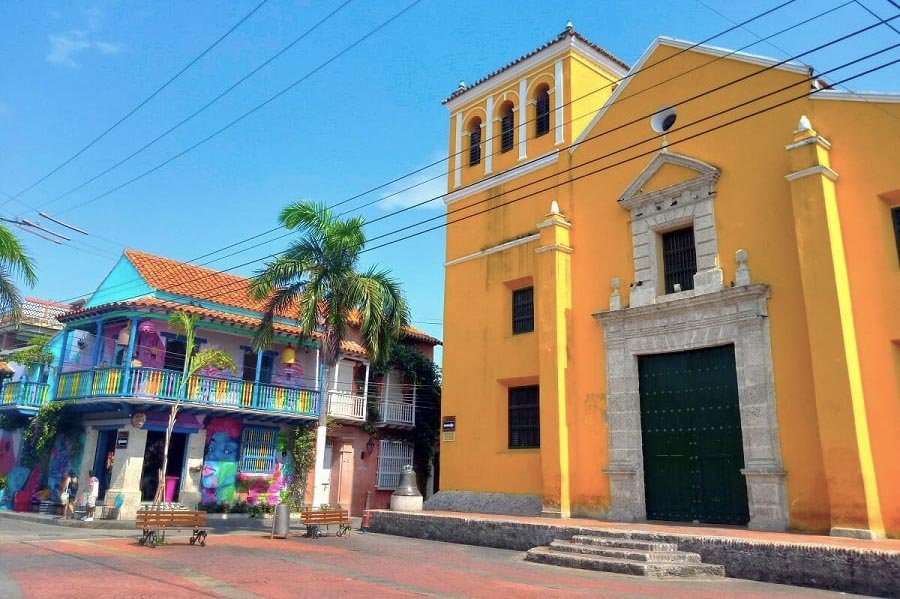
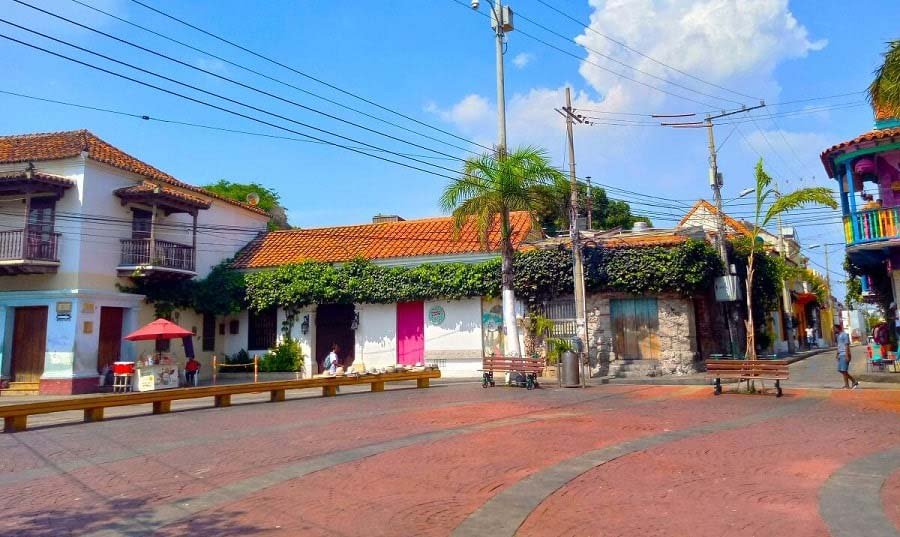
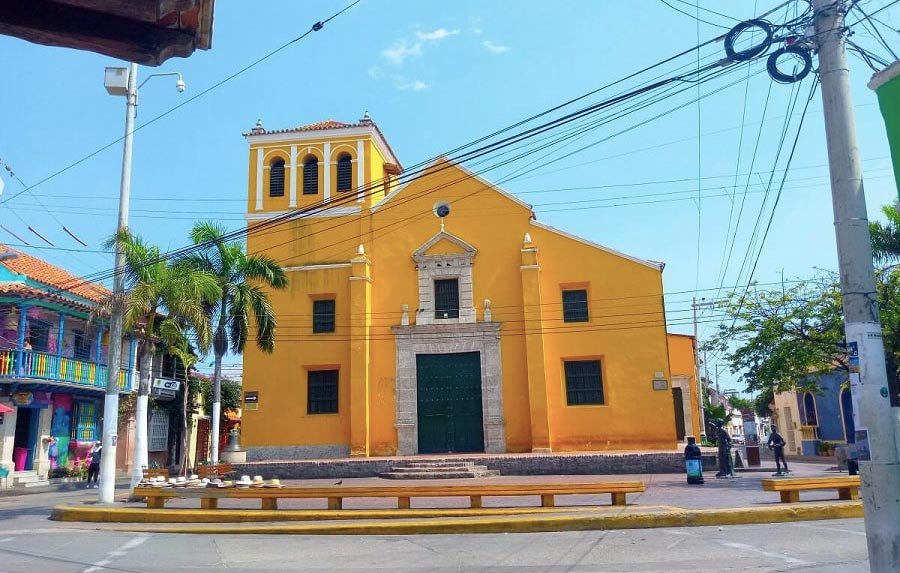
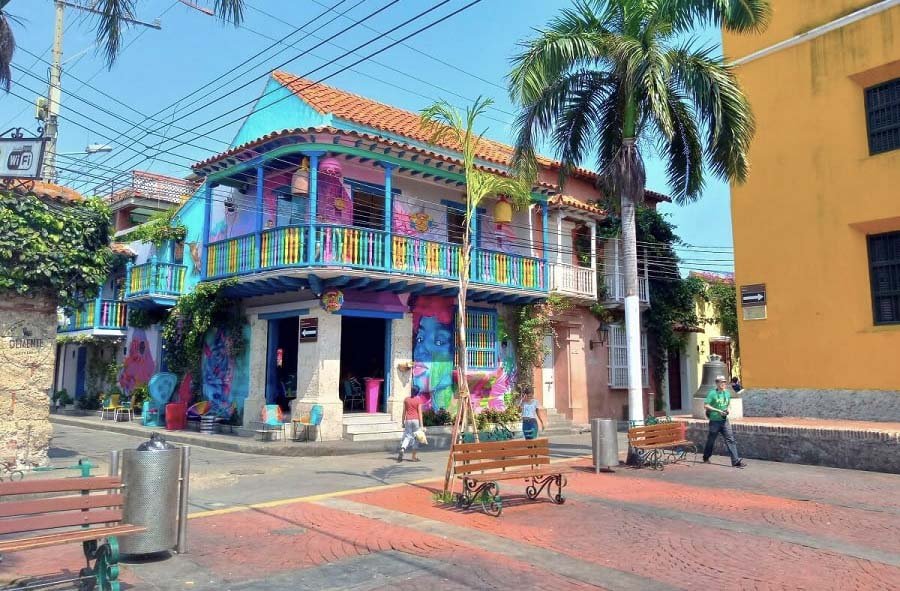
Currently the Plaza de la Trinidad has taken on the same bohemian air as the Getsemaní neighborhood; Surrounded by graffiti alluding to the life and customs of the city, at night dance groups usually perform there to encourage and entertain tourists and locals.
About the sculptor Nora Luz Quintana
Nora Luz Quintana de Molina She is a Colombian plastic artist, graduated from the University of Fine Arts of Cartagena de Indias, her work highlights Afro-Colombianism.


